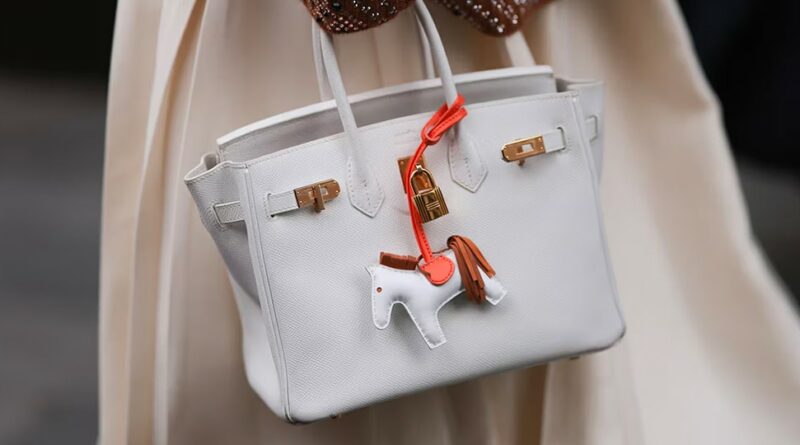Hermès Q3 Growth Slows Despite Sales up 16%
Hermès has seen its sales increase by 16% in its third quarter of 2023. While that may be the case, the growth for the company is down from its consecutive record quarters, reflecting the global slowdown in luxury growth and the end of the post-pandemic euphoric spend. Though this is it, the French luxury house is still ahead of its rivals.
When announcing the results, Axel Dumas, Hermès executive chairman said, “The solid performance in the third quarter reflects the desirability of our collections all over the world, with a sustained momentum in Asia and in the Americas. More than ever, in an uncertain global environment, we are reinforcing our investments and our teams to support growth.” While the slowdown has affected most in the industry, Hermès does not see it to be too much of an obstacle. Executive vice president of finance Eric Du Halgouet said in an earnings call that the company is keeping “a careful eye on things to click into the deterioration in a geopolitical context, which could have an impact on tourist traveling, but we’re seeing so far is we are clearly or possibly less exposed than others due to our values strategy.”
Analysts in the field have said that Hermès still remains one of the more “preferred names in the luxury space given its over-indexation to high-end customers.” In Asia, where the Chinese market saw an exceptional boost for the brand has seen sales grow 10.2% across the region in Q3. Despite the case, Du Halgouet said that Hong Kong has seen a historic rise in footfall, up 50% and strong sales to local customers. To further prove that the house is not worried, Hermès is accelerating its investment spend of about €900 million EUR. In Q3, watches were the strongest performing category, up 22%. Ready-to-wear and leather goods increased 18.3% and 15.8% respectively. As for the rest of 2023, the group continues to go forward in the year with great confidence of growth.
In other fashion news, Bernard Arnault has secured control of LVMH for the next 30 years.
Source: Read Full Article



